The Idea
Skylar arbitrarily used an office workspace environment as an example to suggest a game mechanic, but the four of us fell in love with the theme almost immediately. We liked the idea of cards representing the amount of work an employee (the player) has to finish, especially because we could relate as college students struggling to finish our own work. The competitive twist for our game came into place when we thought about how cutthroat work environments can get when people get lost in their pursuit of personal goals such as promotions. Ideas from each of us flowed abundantly from there, and Cutthroat Workforce came to life.
Initial Design
During our first meeting, we played around with the idea of not having a game board. We imagined having each player to be in control of a stack of cards that represents their work. By removing the board and isolating each player, we thought it might create more of an individualistic and competitive environment, which is something we believed was crucial for our players to experience. The only thing all players would share is a stack in the center containing “Break Room” cards.
These “Break Room” cards represent the miracles and mishaps workers tend to face on the daily. Depending on the player’s luck, they may get a boost to finish more work faster, or get delayed and have their turn skipped. We also designed sabotage cards to emulate the “good wind” and “ill wind” mechanic from Up the River.
We then tackled the 12-minute time constraint, and figured that five work days, with two work shifts per day would work well thematically in addition to the playtime.
Our next challenge was figuring out how the player would get rid of the work cards in their stacks, and we decided that rolling a 6-sided die would work perfectly. Whatever you rolled, you would remove that many pieces of work from your stack—the one catch is, if you roll a 6 you have to visit the break room for one of the special cards.
After our first iteration of the rules was written, we felt pretty good about it, so we went ahead and moved on to find playtesters.
Playtesting + Revisions:
After the first playtest, our group realized that the game felt a little directionless so we designed a game board, and revised the goal of the game from just being about gaining points to reaching the highest promotional level—the CEO.
To advance a promotional level, you either have to have no work in your hand at the end of the work day (2 turns) or played a “Break Room” card that allows you to advance a level. With this new mechanic added, we figured we would just let the players play until someone won, so we dropped the 5-day work week time constraint.
Another thing we noticed was that drawing break room cards was too uncommon, so we decided break room cards would be drawn on 1 in addition to 6. We also tested out drawing break room cards on even/odd numbers but that did not feel right for our game.
We also played around with the idea of making a 1-roll draw a “bad” card and a 6-roll draw a “good” card because the randomness of the break-room may be too hectic, but we ended up liking all the cards in one pile because it added to the stressed environment we wanted our players to feel—they can’t anticipate whether “taking a break” will be good or bad for them.
To make the game even more interesting, we also tried out adding “secret work” cards which either sabotage another player or help the player out with their promotional goals. It ended up being successful and more engaging during the playtests so we kept it for the final iteration.
When we playtested with these new rules, one problem we ran into was time. Even when factoring out set-up and instruction time, some of our playthroughs exceeded the time limit, so we decided to switch back from the “play-until-win” condition and limited the game time to one work week, or 5 days. Making this time limit also prevents players from maintaining huge stacks of cards, which unfortunately some of us had to go through while trying out the new mechanics.
Material Design
We started off using simple index cards as our work and “break room” cards, but Skylar did an amazing job designing graphics for our game, and we couldn’t help but upgrade them.
As for the gameboard and box, Steven took the initiative to make both. The theme for our gameboard was a spreadsheet because we often associate office workers with tasks such as data entry. He also made the player pieces as different office materials—a stapler, a mug, a printer, and a trash can.

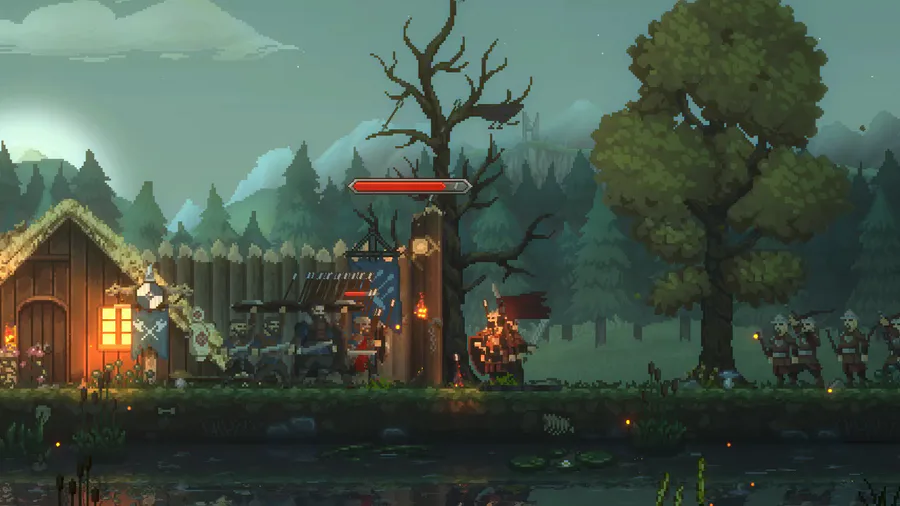
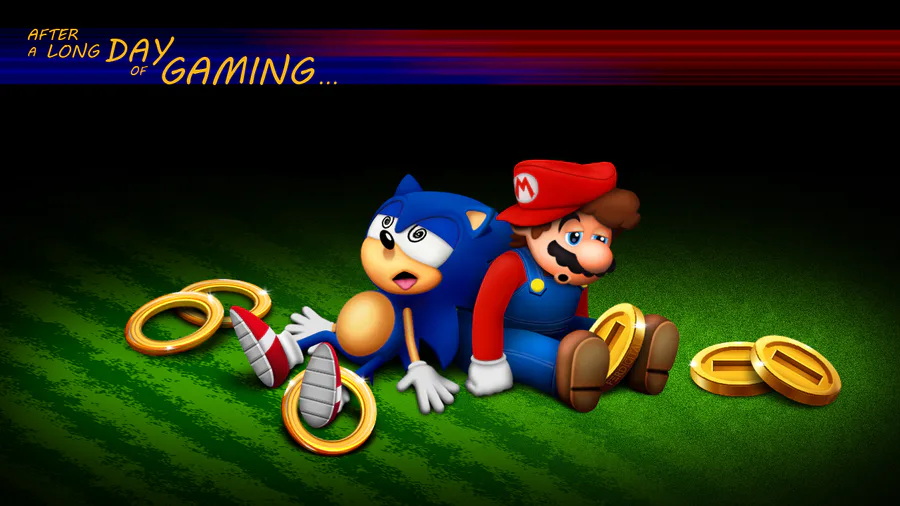
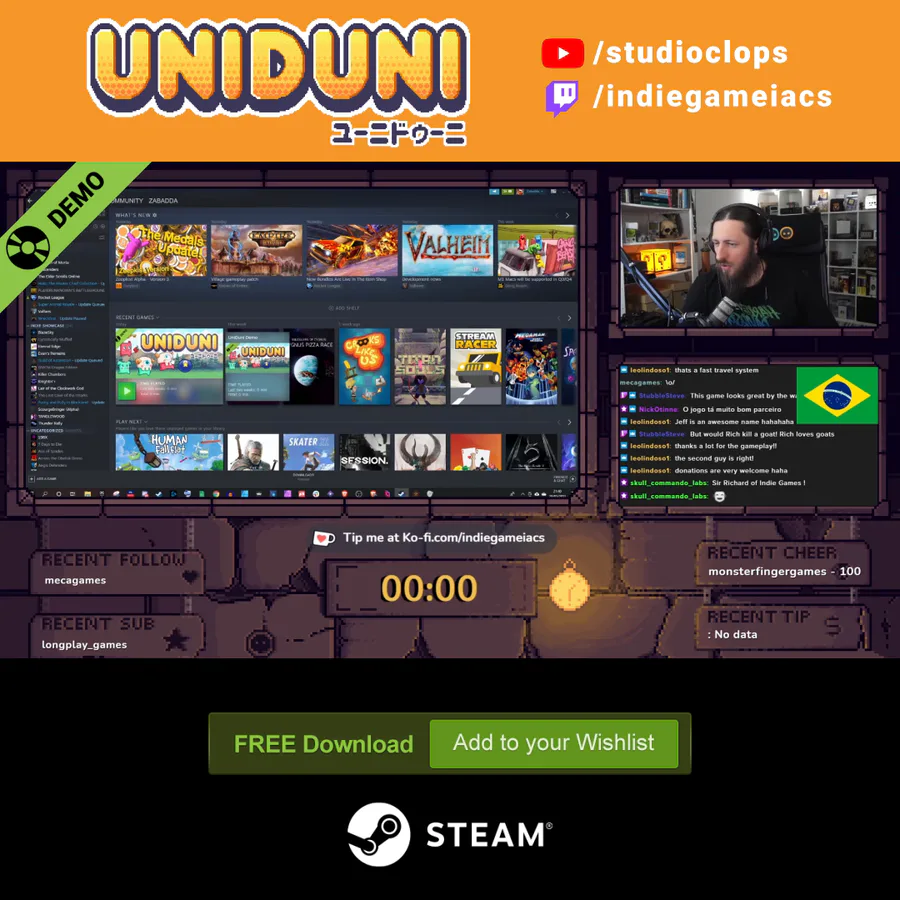
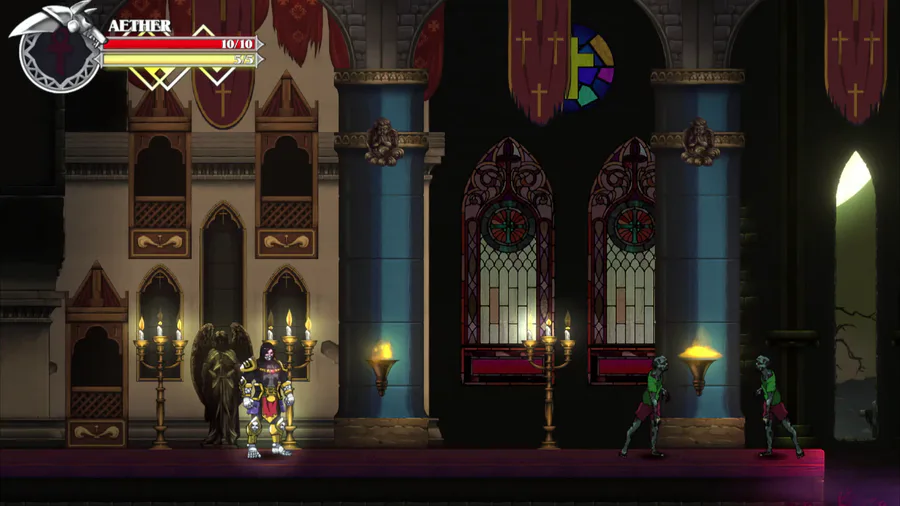

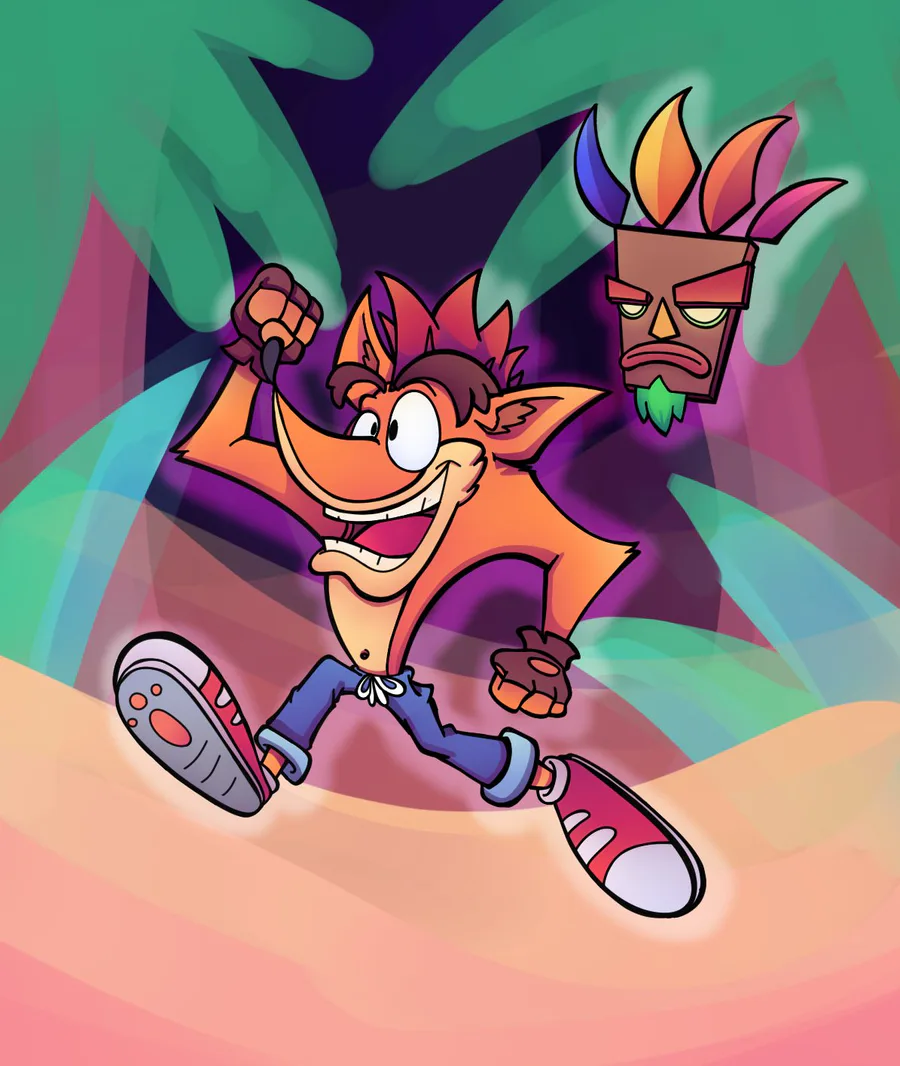
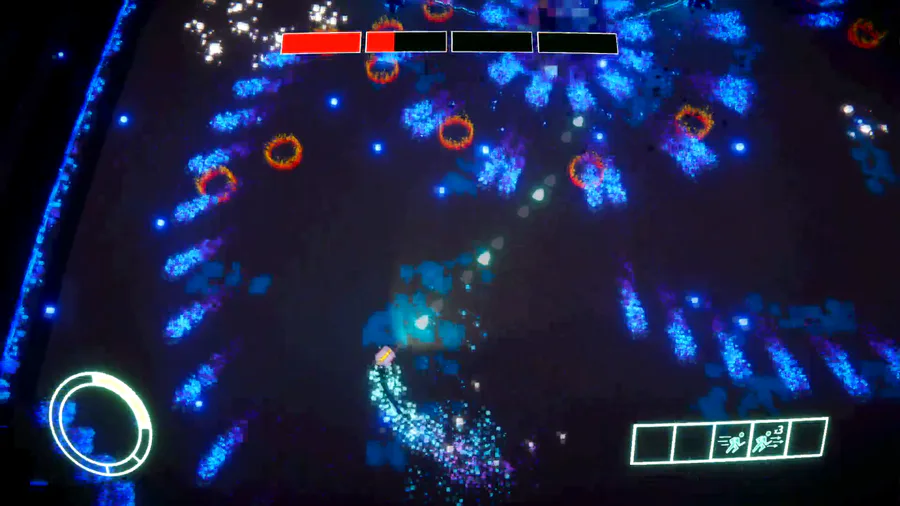

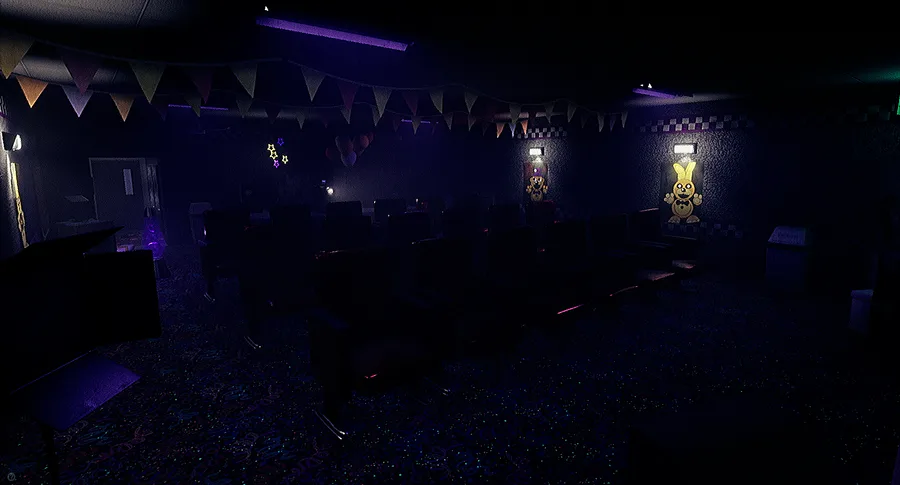
0 comments